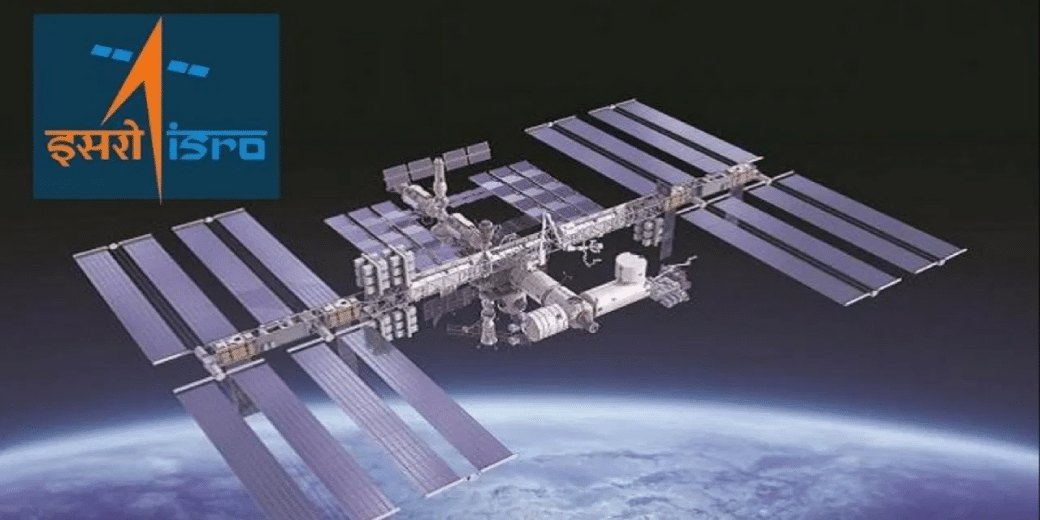Chandrayaan 3 promises moonrise on Indian space-tech startups
Indian space startups that have been working on deep technology for some time now expect that private investors will now be enthused to bet their money on them, The Times of India has reported.

If you are delighted with the reports of space tech-related stocks rising on Indian bourses following the success of the country’s lunar mission, you have got half the picture. Indian space startups that have been working on deep technology for some time now expect that private investors will now be enthused to bet their money on them, The Times of India has reported.
Some of them, who have achieved some degree of success, are waiting for funding and think that ISRO’s success that caught the attention of the world, might bring investors their way.
“The Indian space exploration journey has only just embarked upon its most ambitious chapter,” Awais Ahmed, CEO of Pixxel, told the newspaper. This company in the space technology sector was conceptualised in 2019 by Ahmed and Kshitij Khandelwal when both of them were pursuing undergrad studies at BITS Pilani.
In that institute, Ahmed was a member of the student satellite team and also a founding member and engineering lead at Hyperloop India. It was the team that built India’s first hyperloop pod. It earned the distinction of being one of the 20 finalist teams out of 2,500 global applicants in the SpaceX Hyperloop Pod competition.
The Hyperloop Pod Competition was funded by Elon Musk’s company SpaceX between 2015 to 2019. A large number of team took part in it to design and build s small-scale prototype transport vehicle. The objective was to demonstrate feasibility of various aspects of the Hyperloop concept.
Ahmed and his team members visited the SpaceX factory and was inspired by the visit to pursue a career in space tech.
Ahmed began building AI models with Khandelwal. These models could work on huge amounts of data from satellite imagery and extract actionable insights from that data. The objective was to find solutions to problems in agriculture, predicting yields and tracking spread of certain crop pests and diseases.
But Ahmed and Khandelwal found that satellite imagery of the earth available for analysis was often outdated. They also found out that companies would pay for premium, dependable data. Accordingly, their company Pixxel launched its current mission to build the world’s first constellation of hyperspectral imaging satellites.
But theirs is not the only startup hungry for funding. There are about 140 registered space startups in India.
Skyroot Aerospace, based in Hyderabad, is another one. Late in 2022, it launched India’s first privately built launch vehicle, Vikram-S, into suborbital space. The single-stage rocket was launched by Isro.
A mere 20 seconds into the launch, their vehicle attained a velocity of mach-5, which is five times the speed of sound. It reached a peak altitude of 89.5 km in 155 seconds flat.
The rocket was 6 metre-long. It weighed 545 kg and carried three payloads of Indian startups — Space Kidz India and N-SpaceTech — as well as an international payload of Armenian Bazo omQ Space Research Lab.
Another Hyderabad-bsed startup, Dhruva Space, has already built nanosatellites. These are named Thybolt-1 and Thybolt-2. These earned the distinction of being one of the few privately owned and indigenously developed satellites to reach space from India.
Then there is Agnikul Cosmos that was incubated at IIT-Madras. It began the integration process of its launch vehicle, Agnibaan SOrTeD (SubOrbital Tech nological Demonstrator), with its private launchpad located at Satish Dhawan Space Centre (SDSC) at Sriharikota.
This single-stage launch vehicle was driven by Agnikul’s patented Agnilet engine. It’s a remarkable piece of work that is entirely 3D-printed. It is a single-piece, semi-cryogenic engine.
Moreover, Agnibaan SOrTeD will lift off vertically quite unlike traditional rockets that launch from guide rails. It is also supposed to move through a predetermined trajectory and perform pre-set manoeuvres during the journey. Agnikul plans to complete its first flight in a few weeks. It is supposed to execute and validate certain crucial technologies during the flight.